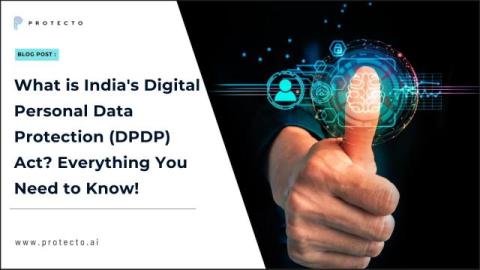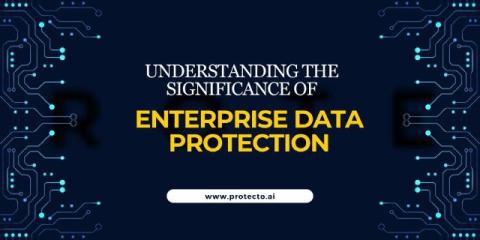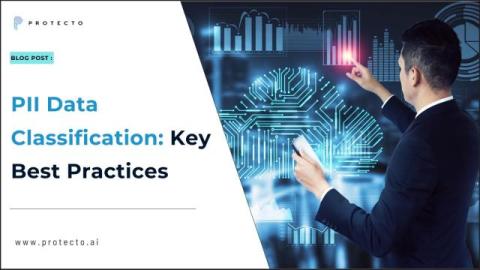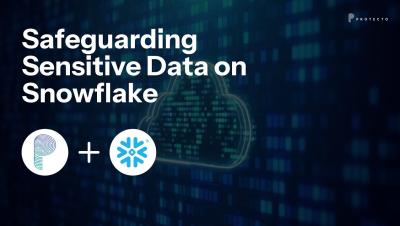Safeguarding Generative AI: How AI Guardrails Mitigate Key Risks
The growing reliance on generative AI is transforming industries across the globe. From automating tasks to improving decision-making, the potential of these systems is vast. However, with this progress comes significant risks. Generative AI can be unpredictable, creating new vulnerabilities that expose organizations to data privacy breaches, compliance failures, and other security issues. So, how can companies harness the power of AI while ensuring they remain protected?














